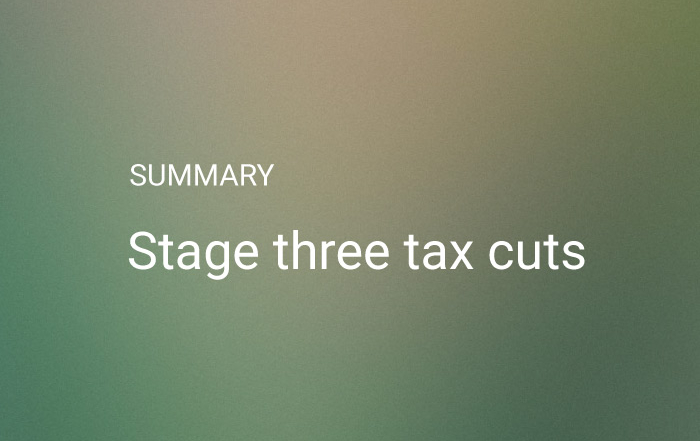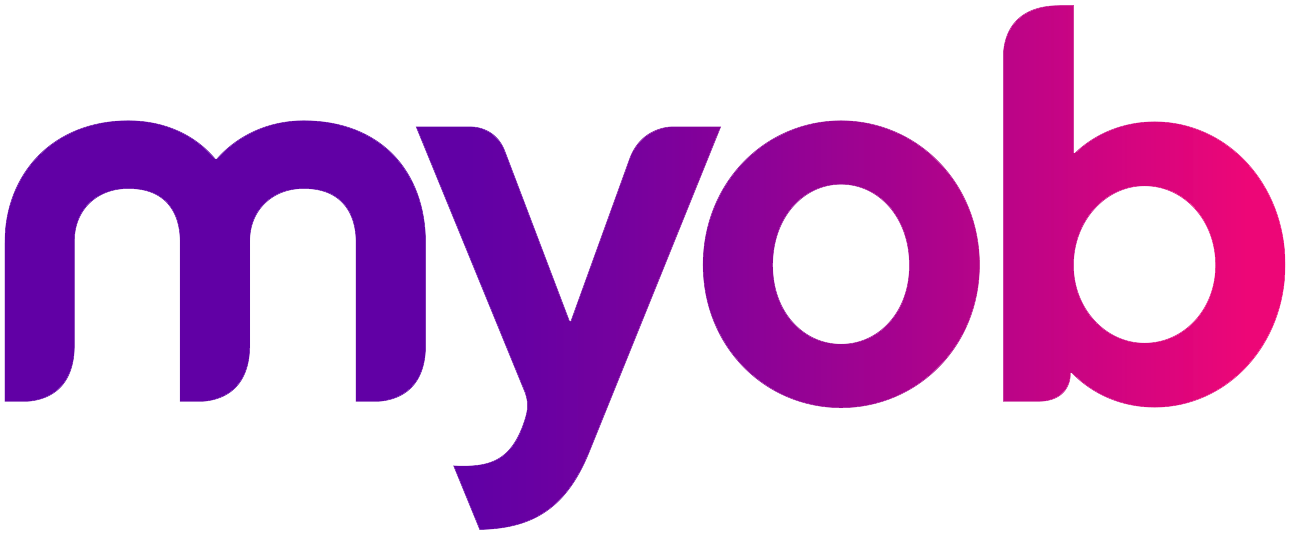
DFK Gooding Partners
January 29, 2024
When it comes to the growth of your business, charging correctly can be one of the most stressful, and time consuming tasks. Charge too much and you could miss out on winning new work, and scare away potential customers. However if you charge too little, you run the risk of completely overloading your capacity, and potentially attracting the wrong type of customers.
So how can you tell if you are undercharging for your services? It can be hard to know, particularly if you’re in a niche industry or you’re a contractor. With the latest inflation data out it seems like there is little respite from rising costs, so it may be time to rethink your own pricing. This Business Tips article covers five common signs we have observed that may indicate you are undercharging.
1. Nobody ever questions your quotes
Do all your new clients accept your quotes or charges without asking any questions, requesting a breakdown or wanting a discount? It’s possible they’re delighted to be getting such a great deal.
Next time you win a job, ask the client why they chose you, and how your pricing compared to other suppliers.
2. You are run off your feet… but can’t afford to get help
When you’re working yourself to the bone, but there’s not enough money left over to employ someone to help you, it’s likely your prices are set too low.
Do some budgeting to factor in the cost of hiring someone on a contract basis to assist with workload. If your current pricing leaves enough margin to cover that hire, then you’ll know your pricing is ok – but there are other issues to be addressed.
3. Your prices have been the same for two years or more
In most industries, prices increase just slightly each year. Leave your prices flat for too long and you’re not keeping up with the market; make sure you review your fees annually.
Review your invoices for the last 2 years to check your historical pricing. If there’s been no movement, time to put them up.
4. You’re overbooked
When business is booming and there’s no room for new clients, it’s time to raise your prices. You could also be attracting the wrong type of clients – businesses looking for a bargain, and only driven by cost, rather than relationships.
Seek feedback from your clients. Why do they use you? Is it purely cost based? If it’s not, great! If it is cost based, time to review your pricing.
5. Clients don’t treat you as well as they should, or stick around
When clients think they’re paying peanuts, they’ll often take you for granted. They don’t see your time as valuable, so they feel free to mess you around.
Review your client relationships. Are you seeing a good level of mutual respect? Do you have long term relationships? Or are you experiencing a high level of churn and low level of long term business?
I’m undercharging. How do I work out what I should you be charging?
Finding your pricing sweet spot is not a quick fix, and takes time. It requires a mix of strategy, market research, client feedback and time in the market testing and adjusting pricing as external factors continue to move around you.
Benchmarking against your competitors is a powerful tool to reveal a wide range of insights within your industry sector, including typical cost and profitability ratios. These data points offer valuable market analysis for informing pricing strategy.
Our Business Advisory team provides a range of benchmarking services as an advisory service offering. If this sounds like it could benefit you, get in touch today.
Enquire about pricing strategy and industry benchmarking
Complete the quick contact form below with your details and one of our team will be in touch to discuss your requirements. Alternatively, you can call us (08) 9327 1777 or email info@dfkgpca.com.au









